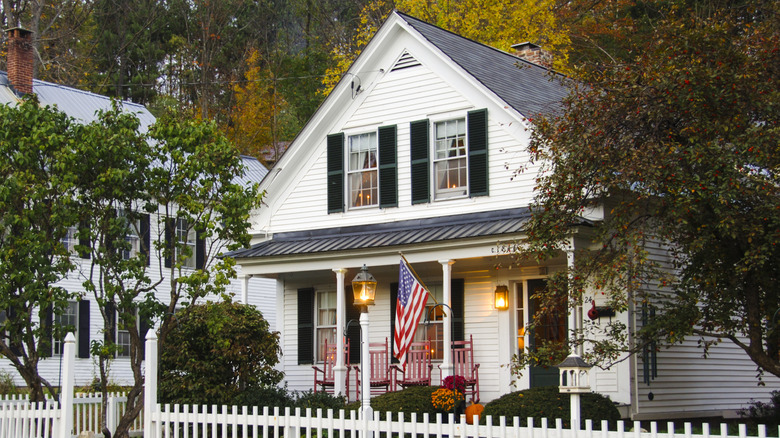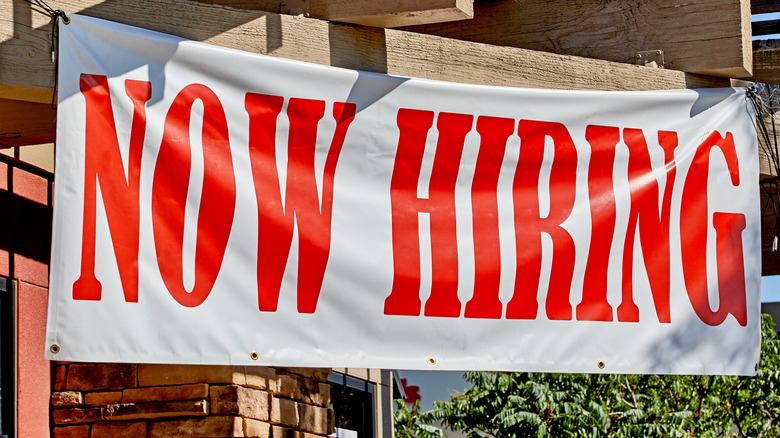The Resurgence Of In-Office Work Is Hurting Small Towns The Most
For many, the thought of working from home would seem rather strange just a few short years ago. Yet, the pandemic created a need for people to stay home and work remotely, limiting the ability of the virus to spread quickly. For many families, this worked out well as it allowed parents to be at home with their kids or host work meetings in their PJs — yet, things appear to be changing again.
A recent Forbes article points to research from Adzuna that shows employers want their staff to come back into the office. More so, the number of new positions that are being labeled as office-based is growing, with fewer employers willing to allow remote or hybrid work. After spending two years working from bedrooms and kitchen tables, many people are heading back to their in-office positions. While that may make things difficult for commuters, there's also a more significant impact on the smaller communities that many remote workers flocked to during 2020 and 2021.
People are moving, again
As the pandemic hit and remote work became the norm, many people moved out of the big city in favor of larger or more rural properties. That pushed some outside of the downtown areas and city centers, according to data from The Federal Reserve Bank of Cleveland. Now that people are heading back to work, they're moving back to the big city, leaving behind the rural and small towns they've called home the last few years.
Data shows that more people are looking for homes near larger employment centers. Moreover, insight shared by CoreLogic indicates that, during the pandemic, sales of homes in areas outside of the typical downtown areas, fell, and sales in less-dense areas grew. The data also shows this trend is fading as more people move back into the city, while the bars and restaurants in these metro areas are back in business, another indication that people are no longer migrating away. Some cities, including Los Angeles and Washington, DC, have seen significant growth in their population in 2022, according to the National Association of Realtors.
Small towns are hurting as a result
All of that change in demographic is hurting small towns. In many rural communities, home prices rose to incredible levels as people looked for their perfect dream home in the countryside. Some areas of the country saw limited housing supply in these more remote areas, especially in resort-like areas in Colorado and Wyoming. The demand in those areas created other struggles for local small towns, such as not having access to the local workforce they needed to operate businesses and even keep national parks operational, as noted by NBC News.
Undoubtedly, this housing demand surge is still leaving its mark even as people head back to the city. These areas still have very limited housing, and now, prices are much higher, making it harder for small towns to grow their population to meet their local employment needs, while a lack of housing inventory continues to limit their ability to manage these changes.


